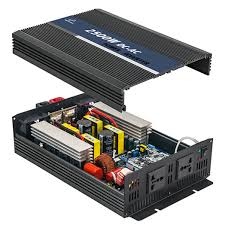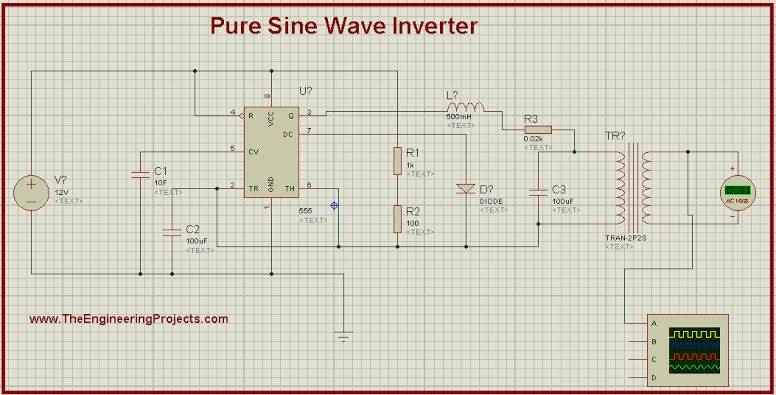Sine wave inverter
Sine wave inverter
Introduction:
A sine wave inverter is a type of power inverter that generates an AC waveform with a pure sine wave output. This type of inverter is commonly used in applications where high-quality power is required, such as in sensitive electronics or medical equipment.
Working Principle:
The basic principle behind a sine wave inverter is to convert DC power from a battery or other source into AC power with a pure sine wave output. This is achieved through a series of electronic components and circuits that work together to create the desired waveform.
The first component in a sine wave inverter is a DC to DC converter, which converts the DC power from the battery into a higher voltage DC power that can be used to generate the AC waveform. This higher voltage DC power is then fed into a series of switches that turn on and off at specific intervals to create the AC waveform.
The switches in a sine wave inverter are typically controlled by a microprocessor or other type of electronic controller that monitors the output waveform and adjusts the switching frequency and duty cycle as necessary to maintain a stable output.
Benefits of Sine Wave Inverters:
One of the main benefits of a sine wave inverter is that it provides a high-quality, stable power output that is suitable for use with sensitive electronic equipment. This is because the pure sine wave output is less likely to cause interference or damage to sensitive components than other types of AC waveforms.
Sine wave inverters also tend to be more efficient than other types of inverters, as they are able to convert DC power into AC power more effectively. This means that they require less battery power to produce the same amount of AC power, which can be especially important in applications where battery life is a concern.
Advantage:
Disadvantage:
Circuit diagram:
Applications:
Sine wave inverters are commonly used in a variety of applications where high-quality AC power is required. Some common applications include:
Medical Equipment: Sine wave inverters are often used in medical equipment such as MRI machines, where high-quality power is essential to ensure accurate readings and reliable operation.
Home Appliances: Sine wave inverters can be used to power a variety of home appliances, including refrigerators, air conditioners, and televisions.
RVs and Boats: Sine wave inverters are commonly used in RVs and boats to provide AC power when off-grid or when shore power is not available.
Conclusion:
In summary, a sine wave inverter is a type of power inverter that generates a pure sine wave AC output. These inverters are commonly used in applications where high-quality power is required, such as in medical equipment or sensitive electronics. By converting DC power into AC power with a pure sine wave output, these inverters provide a reliable and efficient source of AC power that can be used in a variety of applications




Comments
Post a Comment